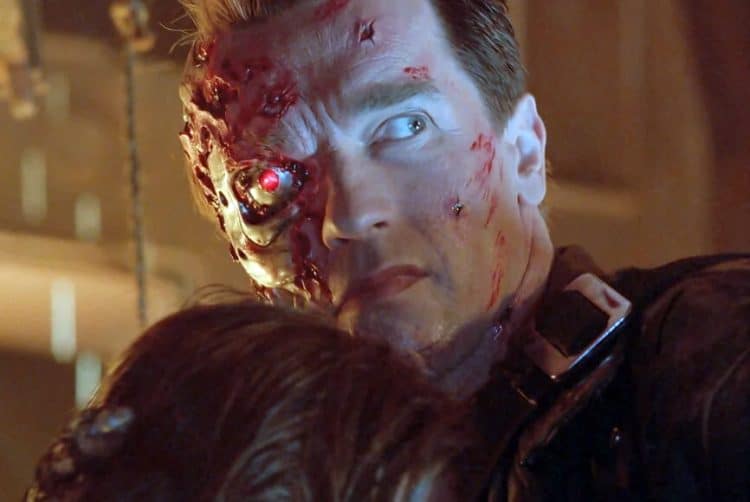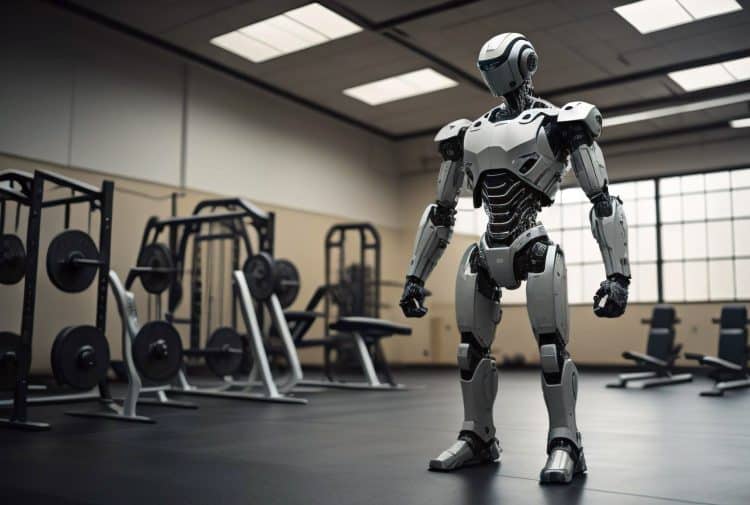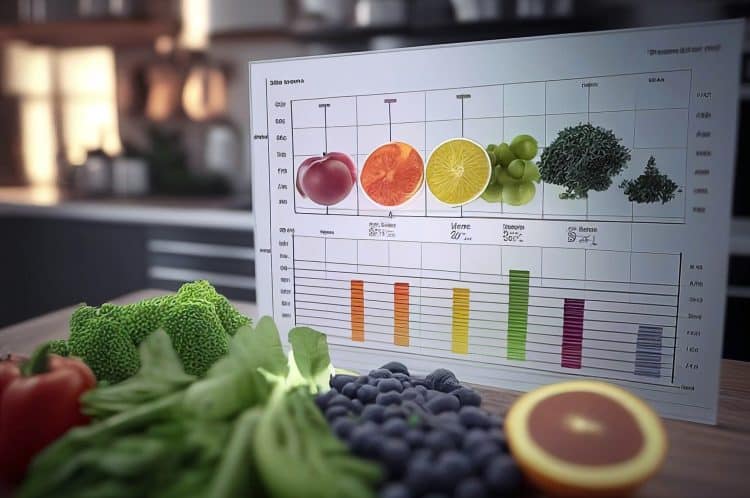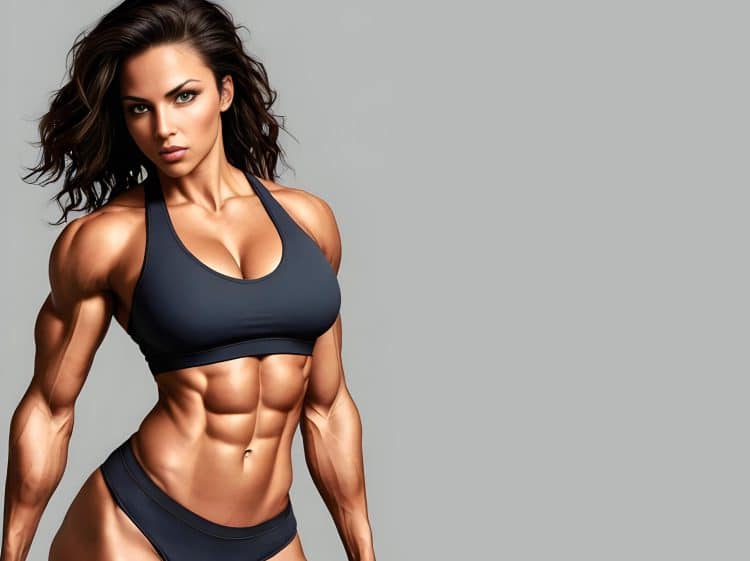As a kid growing up in the 1970s – yes, I’m THAT old! – I fully expected that, by the second decade of the 21st century, humankind would be living on Mars, every home would have a robot butler, and we’d all be going to work in flying cars.
At the very least, I thought there’d be a hotel on the moon!
Sadly, many of the advancements promised (or strongly hinted at!) in the 70s and 80s have not materialized. Robots do exist, but they’re a long way from making you your breakfast or helping you do your chores.
However, while there may not be any moon hotels, there have been some incredible technological developments. For example, science-based medical care has improved to such a degree that many common illnesses have been eradicated, and people are living longer than ever before.
Another area of rapid recent advancement is artificial intelligence or AI. What was once science fiction is now science fact, and there are computers that can virtually think for themselves. This technology is becoming more widely available and is even making its presence felt in the health and fitness industry.
In this article, we explore how AI can help you achieve your fitness goals faster.
Level Up Your Fitness: Join our 💪 strong community in Fitness Volt Newsletter. Get daily inspiration, expert-backed workouts, nutrition tips, the latest in strength sports, and the support you need to reach your goals. Subscribe for free!
What is Artificial Intelligence (AI)?
In movies, TV, and literature, AI is often portrayed as hulking androids or all-powerful supercomputers plotting world domination. Thankfully, the truth is not so dramatic or sinister.

In contrast, artificial intelligence is a branch of computer science that aims to create machines that mimic human intelligence. This boils down to teaching computers to “think” and “learn” like we do.
So, instead of being programmed to perform a specific task, AI uses codes called algorithms to process data, recognize patterns, and make decisions based on the information it receives. With an incredible capacity for data access, this means AI can be a literal expert in almost every conceivable subject.
In simpler terms, AI is all about making machines smart, adaptable, and, most importantly, helpful. So, while we might not have flying cars or moon hotels yet, we do have computers that can, in a way, “think” for themselves. And that’s pretty futuristic if you ask me!
While AI has almost limitless applications, many of which could change the world as we know it, it can also be used for more mundane purposes, such as helping you get leaner or build bigger biceps.
How AI is Changing the Game in Fitness and Nutrition
Artificial intelligence is fast becoming a one-stop-shop for all things related to health, fitness, and nutrition. In short, whatever you want to know or do within the fitness arena, AI probably has the answer.
Ways in which AI can help you achieve your fitness goals include:
1. Personalized Workout Plans
Writing effective workouts is a skill that hinges on knowing what exercises are best for a particular goal and adapting those exercises based on an individual’s needs and wants. You also need to consider things like training volume, exercise order, and a host of other details.
The ability to write good programs comes from experience, and even then, it’s something that some trainers are better at than others.
AI platforms like Google’s Bard, OpenAI’s ChatGPT, and dedicated AI-powered workout apps such as Alpha Progression, FitBod, and EvolveAI take the pain out of writing workouts. They can produce training plans based on your goals and requirements, equipment availability, fitness level, experience, and time availability.
Then, once you have your program, you can get your AI helper to show you or tell you how to perform the exercises in your workouts. Some AI applications will also track your training performance, measure your progress, and even adapt future workouts based on how you are doing.
2. Virtual Training and Technique Analysis
As well as writing your workouts, AI can act as your coach and trainer. Some apps link to your phone camera and can watch you while you work out, making sure you’re doing your exercises correctly and even counting your reps.
Some offer a follow-along feature that guides you through your program from warm-up to main session to cool-down.
In short, AI can be your personal trainer, doing everything except loading your barbell and spotting for you.
3. Customized Nutrition Guides
Reaching your fitness goals is often dependent on following the correct diet. Want to lose fat and get ripped? You need to adopt a calorie deficit and probably cut carbs and fat, too. Looking to build muscle? In that case, you need a calorie surplus and to increase your protein and carb intake.
But what should you eat from one day to the next? AI could have the answer.
Using a dedicated AI nutrition app or online platform, you can use AI to write a diet based on your goals and food preferences. You can then follow this up by asking for recipes and even grocery lists. Your AI nutritionist will be able to give you macro breakdowns and calorie values for every item on your menu, and everything can be customized if you need changes.
You can specify almost any detail, from food sensitivities to macro ratios to foods you want to include or avoid.
Speaking from experience, I can tell you that writing nutrition plans is very time-consuming and something I used to charge a lot of money for. AI turns a job that used to take all day into one that takes less than five minutes. I’m down a few bucks, but frankly, I won’t miss all that number crunching, and you probably won’t, either.
4. Diet Analysis and Nutrition Tracking
Diets like If It Fits Your Macros and Flexible Dieting are less structured than most eating plans. They allow you to eat what you want as long as it meets your daily calorie and macro targets. Invariably, these diets involve analyzing and tracking everything you eat.
With AI, what used to be a laborious process is now as straightforward as taking a picture of your food so the algorithm can calculate the nutritional values of your meal.
Needless to say, this is MUCH easier than having to weigh and measure all your meals, and it can make any diet much easier.
5. Smarter Supplement Recommendations
While you don’t need to use supplements to reach your fitness goals, there are usually some products that can be helpful. Well-known supplements include creatine, protein powder, amino acids, fat burners, etc.
But which supplements are right for your goal? And are they even effective and safe?
Before parting with your hard-earned cash, ask your friendly AI about the supplements you’re thinking of using. Ask for scientific studies to back up any claims, whether there are unwanted side effects you need to worry about, and what alternatives are available.
If you go to a supplement store or get your information from fitness magazines, you’ll probably end up on the end of a heavy-duty sales pitch rather than getting impartial advice. But, with no financial agenda or incentives, AI will not lead you astray and will only give safe, science-backed recommendations.
6. Health Tracking
Fitness and health are not the same thing, although they are related. Fitness is the successful adaptation to stresses, such as cardio or strength training. Your body adapts to what you do and improves its work capacity so that, next time, your workout is a little easier.
Of course, the next time you hit the gym, you work a little harder, forcing your body to adapt again. This is why exercise never gets any easier; you just do more as your work capacity improves.
In contrast, health is the absence of disease. It refers to the overall well-being of the organism (you!) and refers to your mental and physical condition.
As such, it is possible to be fit but unhealthy, such as a steroid-abusing bodybuilder, or healthy but unfit, such as someone who eats well but seldom exercises.
AI can track your health metrics, including your blood pressure, heart rate, stress levels, energy levels, sleep, diet, blood glucose, etc., and provide a holistic view of your lifestyle. Combined with a diet and exercise program and regular health screening, this could help you keep fit and well long into your later years.
While an AI cannot (yet) replace the need for medical professionals, it can certainly be a valuable aid when used correctly.
7. Your Nutrition and Fitness Encyclopedia
Until recently, if you had a question about nutrition or fitness, you probably fired up Google or your favorite alternative search engine and then spent the next few minutes trawling through several poor-quality responses until you found the information you wanted.
Or, you could just pick the top result and hope it’s correct, which, sadly, is not always the case.
Because of things like search engine optimization (SEO) and paid article placement, the best information often comes way down on your list of results, hidden amongst a whole load of poorly written and often inaccurate articles and blog posts.
So, it’s time to retire Google and use AI to answer your fitness and nutrition questions. AI can trawl the entire internet and find the best information. You can also ask for sources and research to support its answers so you know you are getting the best possible information.
This all happens in seconds – so you can have the answer to your burning questions almost immediately.
Level Up Your Fitness: Join our 💪 strong community in Fitness Volt Newsletter. Get daily inspiration, expert-backed workouts, nutrition tips, the latest in strength sports, and the support you need to reach your goals. Subscribe for free!
Don’t understand the answer? No problem! Ask your AI to repeat the answer like it’s talking to a ten-year-old. Need a more concise reply? Ask for a summary or bullet-point list.
With AI, you have an almost infinite database of health, nutrition, and fitness information at your fingertips. This allows you to make well-informed decisions about your diet and exercise plan or just show off to your friends how fitness-savvy you are!
The Dark Side: Potential Pitfalls of AI in Fitness
AI is available 24/7/365. It doesn’t take days off and is always available for you to use. In terms of accessibility and reliability, it’s hard to beat. Is AI perfect? – not yet. This is still a very new technology, and there are some drawbacks to consider, too.
1. Not All AI is Created Equal
There are many AI apps and platforms, and some are better than others. More advanced models are more intelligent, faster, and easier to interact with. They provide high-quality responses and are at the cutting edge of this type of technology.
Other AIs are less well-developed and prone to making mistakes. They may have a narrower knowledge base or other restrictions that make their responses less accurate.
So, in the same way that there are good and bad personal trainers, there are helpful and less helpful AIs, and it’s not always easy to differentiate between them.
2. Responses Are Dependent on Good-Quality Input
In the world of AI, questions and instructions are called prompts, and the accuracy and quality of an AI’s response is determined by how you phrase your prompt. Ask a vague question, and you’ll get an incomplete answer. But provide lots of detail, and you’ll get a much higher quality response.
For example, if you ask an AI, “Tell me about exercises,” you might get a general response like, “Exercises are physical activities designed to improve health and fitness.”
But, if you craft a more specific prompt and ask, “What are the differences between a deadlift and a squat in terms of muscle activation and technique?” the AI is more likely to provide a detailed comparison, highlighting the specific muscles targeted by each exercise and the proper techniques for execution.
The more precise your prompt, the more tailored and informative the AI’s answer will be. Because of this, it may take you a few attempts to get the information you want. The information you want IS in there, but you may need to work a little harder to dig it out.
3. AI’s Knowledge Cutoff Date
An AI only knows what it’s been taught. While some AIs are updated constantly, others are only trained up to a specific date and have no knowledge after that point. For example, if an AI model was last updated in 2021, it would know nothing about the current year.
While the basic principles of fitness and nutrition have been unchanged for several decades, your AI platform may not be aware of some recent developments or trends. Subsequently, not all health and fitness questions are answerable via AI, and you’ll need to fire up Google for real-time information.
4. Fallibility: Even AI Makes Mistakes
Almost all AIs come with a disclaimer saying that this is a new and experimental technology and that it is not 100% accurate. AI models are “young” and still learning how to best serve their human overlords (you and me!). As such, they sometimes make glaring mistakes.
For example, I recently asked an AI which had more calories per tablespoon – honey or maple syrup. It responded:
“Honey contains 64 calories per tablespoon while maple syrup has 55. Therefore, maple syrup has more calories than honey.”
While I spotted this contradiction, it proves that you cannot always rely on AI for accurate information, and it’s usually worth fact-checking its responses to ensure you are getting the best possible result.
5. Data Privacy Concerns: Who’s Watching Your Workouts?
Using AI in any capacity invariably means sharing your personal information, including your location, email, phone number, etc. Plus, workout apps usually need access to your phone camera.
This raises concerns about data security and privacy.
Some people don’t care about such things, but others prefer to have less of a digital footprint. And who is to say that AI cannot be hacked or compromised in other ways?
While it’s unlikely that AI will ever strive for world domination or be used for serious criminal activity, if it is, humans will be at least partly complicit because we left the door open for AI to run amok.
6. Over-reliance on Technology
AI can give the appearance of being all-knowing. Even when it’s wrong, it sounds very confident. While it is quick to correct itself when errors are pointed out, the user has to spot those errors and not assume that the technology is infallible.
So, it’s too early to entrust all your health, fitness, and nutrition decisions to AI. Exercisers and dieters still need to do their own research to verify what the AI is saying is true. That also means that should your AI fail, you can still organize your workouts and plan your diet.
7. The Cost Factor
Using AI doesn’t have to cost you a cent, and there are plenty of free AI platforms. However, most of these free versions have limited functionality, encouraging users to upgrade to the paid service tier.
Getting started with AI often leads to exploring more and more AI applications. Before you know it, you could find yourself signing up and paying for several different services. While each subscription might only cost you $5-20, these costs can add up, and you still need to pay for your gym membership, healthy groceries, etc.
If you are getting in shape on a budget, paying for AI could be an unnecessary expense, using funds better spent on healthy food.
8. Too Much Data, Too Little Action
AI gives you access to a virtual library of nutrition and fitness information. Whatever you want to know, AI can find the answer. However, while all that knowledge can be helpful, it can also be a distraction and may even prevent you from actually eating right or working out.
This phenomenon is often called paralysis by analysis.
In simple terms, when faced with so many options, many people cannot make a decision and end up not doing anything.
Eating healthily and exercising are pretty straightforward activities, and humans have been doing them for centuries. While some methods may be marginally better than others, the actions you take will always be more effective than the things you only read about.
So, don’t get bogged down searching for the perfect diet or workout program. Instead, stick to the basics and then modify your approach based on your likes and progress. You don’t need access to AI to do that.
9. AI’s Limitations in Understanding Human Emotions
Getting fit and healthy is as much a mental undertaking as it is physical. Your emotions and state of mind can have a massive impact on your progress, motivation, determination, compliance, etc.
A skilled trainer learns to pick up on certain cues. They can tell when you aren’t in the mood to train hard, suggesting an unplanned recovery workout or even an extra day off.
AI is not very good at picking up on emotions. It cannot tell that you are sad, stressed, nervous, happy, or elated. As such, it cannot modify your diet or workout plan based on your mental or emotional state.
10. Sometimes, AI is Too Nice!
While AIs don’t have personalities, they can be trained to behave in a certain way. Invariably, this means they are polite, empathetic, and friendly. This is good for day-to-day communication, but if you need motivating for an intense workout, you may respond better to some “tough love” and even some stern motivation.
An experienced human personal trainer can adjust their approach to motivate their clients in the most effective way. They may raise their voice, offer challenges, gently tease their clients, or use any number of motivational tricks and strategies.
Until AIs become even more human-like, their ability to motivate people to exercise will always be somewhat limited.
Closing Thoughts
The concept of AI was originally proposed in the 1940s. However, it wasn’t until the end of 2022 that it became widely accessible and integrated into everyday technologies. Since then, AI has permeated many industries and is fast becoming a standard part of many people’s lives.
You’ll find AI in your car, phone, tablet, digital assistants such as Siri and Alexa, and numerous health, nutrition, and fitness apps and tools.
With its capacity to learn, AI can provide you with the help you need to reach your fitness goals. Whatever the question, AI has the answer. However, it’s more than just a source of information; AI can design your diet and your workouts and even make sure you are using good technique in the gym.
However, even the best AI models can make mistakes. AIs are designed to be human-like, and it seems that includes our propensity to get things wrong from time to time.
As impressive as AI is, it’s still just a tool and hasn’t evolved enough to completely replace human personal trainers and nutrition advisers. However, it’s an excellent resource that, used correctly, could help make your health and fitness journey run a little smoother.
Author’s Note: While this article dives deep into the world of AI, rest assured it was crafted by human hands and a caffeine-fueled brain. No algorithms were harmed in the making of this piece!













